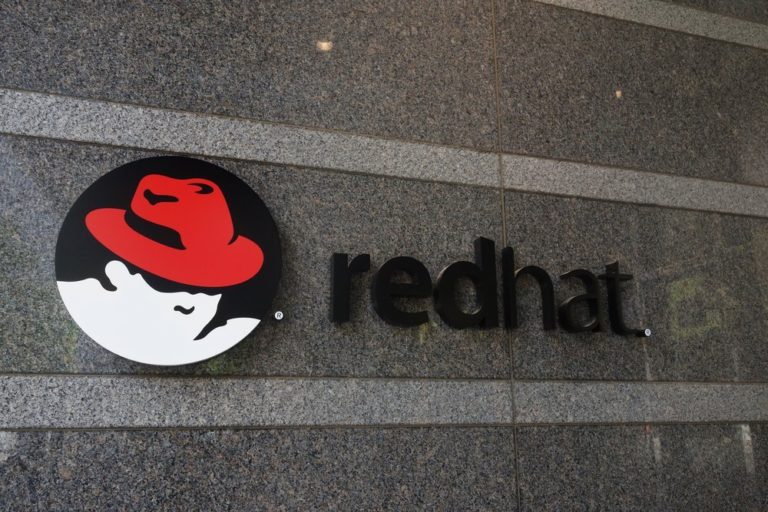Red Hat has released the official beta version of its business Linux platform Enterprise Linux 8 Beta. With this, the open source specialist wants to lay the foundation for a switch to hybrid cloud environments and the use of applications such as Linux containers, Kubernetes or blockchain for new and innovative products and services.
According to the specialist, the world of enterprise IT is currently undergoing major changes. Many companies are engaged in innovation to bring better products and services to market that really stand out. In Red Hat’s philosophy, companies should therefore be able to switch more easily to hybrid cloud environments, allowing workloads, especially applications, to move freely between on-premise, private and public (multi)cloud environments.
According to the specialist, the basis for the hybrid cloud is obviously Linux. All innovative technology to make this possible, such as containers, Kubernetes, artificial intelligence or blockchain, are based on this code.
Red Hat is now introducing Enterprise Linux 8 Beta (RHEL8) which, according to the company, should be the basis for these new technologies and help companies to further expand their IT environment and actually transform it. Without prejudice to existing IT investments.
Introduction of Application Streams
Concretely, a lot of functionality has been added in the latest version of Enterprise Linux, the most important of which is perhaps the concept of Application Streams. This application ensures that userspace packages can be delivered more easily and with more flexibility.
In addition, user packages can be updated without the need for end users to wait for a new version of the operating system. Several versions of the same package, such as a programming language or a database, can also be made available for installation via an application stream. This should make everything more agile and allow you to create your own tweaks, without compromising the stability of the underlying platforms or implementations.
Further improvements within RHEL8
In addition, RHEL8 has improved the Linux networking in containers, among other things. Containers remain a standard part of RHEL and are developed and built based on Buildah, Podman and Skopeo to find, run, build and share applications in containers faster and more efficiently.
The introduction of a new TCP/IP stack introduced with bandwidth and applications such as round-trip propagation time congestion control should, according to the open source specialist, especially improve the performance of servers for services such as video streaming.
The security has been updated with the support of the OpenSSL 1.1.1 and TLS 1 protocols. These protocols offer more encryption capabilities, combined with also added new system-wide encryption measures.
Management and storage improvements
The management capabilities have been improved by Web Console, a control panel that allows a single user to maintain an overview. Composer must enable the creation and implementation of images, physical, virtual, private or public, in hybrid cloud environments.
RHEL8 introduces Stratis for storage management. This is a volume-managing filessytem for advanced data management. This eliminates the need for system administrators to understand the underlying nuances, resulting in a faster and more efficient file system. File System Snapshots provide a faster way to perform file-level tasks, such as cloning virtual machines. Finally, LUKSv2 support allows on-disk data encryption in combination with Network-Bound Disk Encryption (NBDE).
Customers and subscribers can now test RHEL 8. Developers can also view RHEL 8 via the Red Hat Developer Program.
This news article was automatically translated from Dutch to give Techzine.eu a head start. All news articles after September 1, 2019 are written in native English and NOT translated. All our background stories are written in native English as well. For more information read our launch article.


















